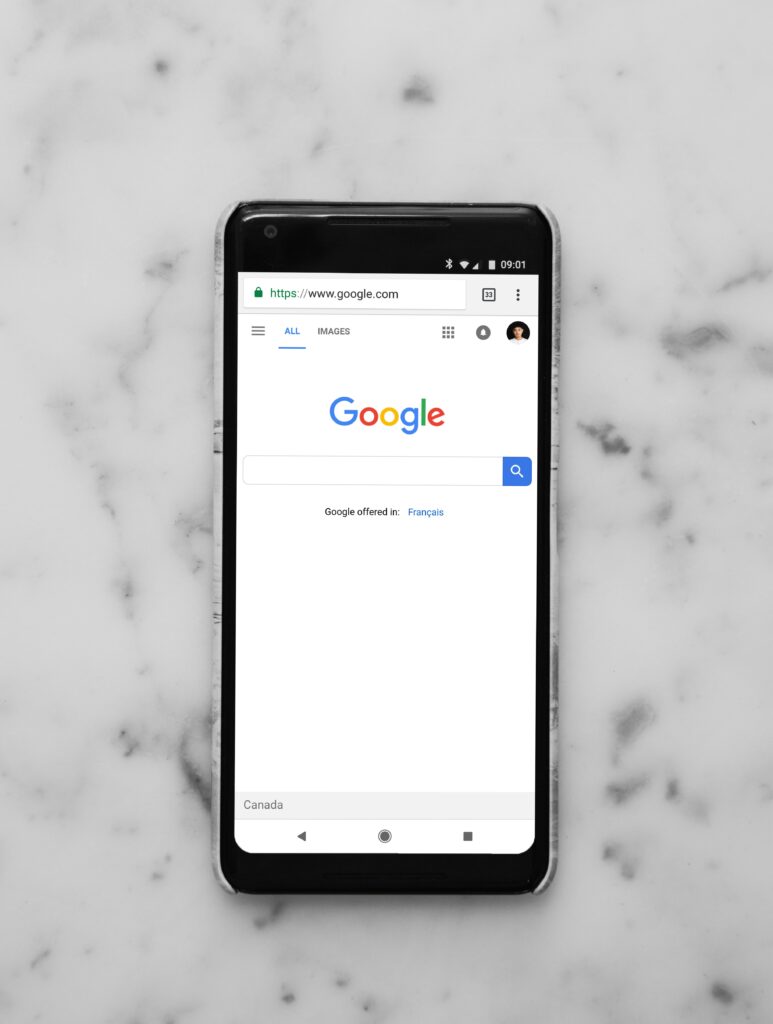
By Kristine Aitchison
Author & Content Specialist
With the launch of Google’s AI Overview (AIO), many have wondered what this means for SEO, blogging, and content creation as we know it. Originally launched in the USA, AIO are the summaries you now see at the top of your browser when you type in a search query.
It draws from the content on the internet, aiming to answer the search query directly while providing links to relevant web pages for further research. Now when you type something into search, instead of being presented with a list of organic website links pertinent to your query, Google will often provide an AI-generated summary. But how will this affect organic search? And does it mean we need to change our approach to SEO and content creation? Let’s explore.
Will AI Overview Impact Organic Search?
Google’s goal has always been to provide users with the most relevant information that is helpful to their search. When a person types something into search, Google bots crawl the internet looking for the most relevant content and present this to the user.
With AIO, if you type in a search query (i.e., Do I need an accountant or a bookkeeper?) you’re going to get an AIO that answers your search query. This probably means you’re not going to look at the organic results unless you need more information. So, it’s highly probable that we will see a drop in website traffic for some sites.
However, since the initial launch of AIO, SEO experts have been closely monitoring web traffic and the good news is they’ve reported minimal changes. DotDash Meredith, America’s largest digital and print publisher with brands like PEOPLE, Better Homes & Gardens, and Travel & Leisure, “reported a negligible impact on traffic.” Furthermore, in a HubSpot Survey of over 300+ marketers, 41% said they’ve actually got more traffic since AIO was implemented.
How To Feature In the AI Overview List of Websites
When AIO presents an overview, you’ll notice that beside it there is a list of websites that you can click on for further information. These are tailored to the person’s exact query and their positioning suggests that users will be more likely to click on one of these for further information. So, how can you get your content featured in this section?
Two-Together tried an experiment where the goal was to get a blog to rank in the AIO. They started by creating a search, selected one of the top-performing blogs, and used Google Search Console to find out what keywords that blog was ranking for.
They then took that keyword and created an answer to the search query, restructured an existing blog so the answer appeared at the top of the article, waited 24 hours for it to be indexed, and viola, that blog ranked first place in the website list.
From this experiment, we can assume that marketers will need to ensure when creating content that it provides an exact answer to the search query at the top of the webpage or blog post. However, Google’s AIO algorithm will likely change.

Blogging is Still Important for SEO
Data suggests that companies who blog get 67% more leads than companies who don’t. I’ve noticed that clients who blog consistently experience a significant increase in website traffic compared to when they weren’t blogging. For many of them, blogging has become one of the most effective components of their marketing strategy.
With the introduction of AIO, experts suggest renewing your focus on search intent, and to continue writing for your audience, not for search engines.
At the end of the day, if you can create helpful and valuable content that provides an answer to a person’s search query, then it’s more likely that your website will show up in the search results. Blogs are an easy way to do this. They can allow you to cover topics in more depth. You can address specific customer pain points and provide answers to various search queries over and above your standard webpage.


